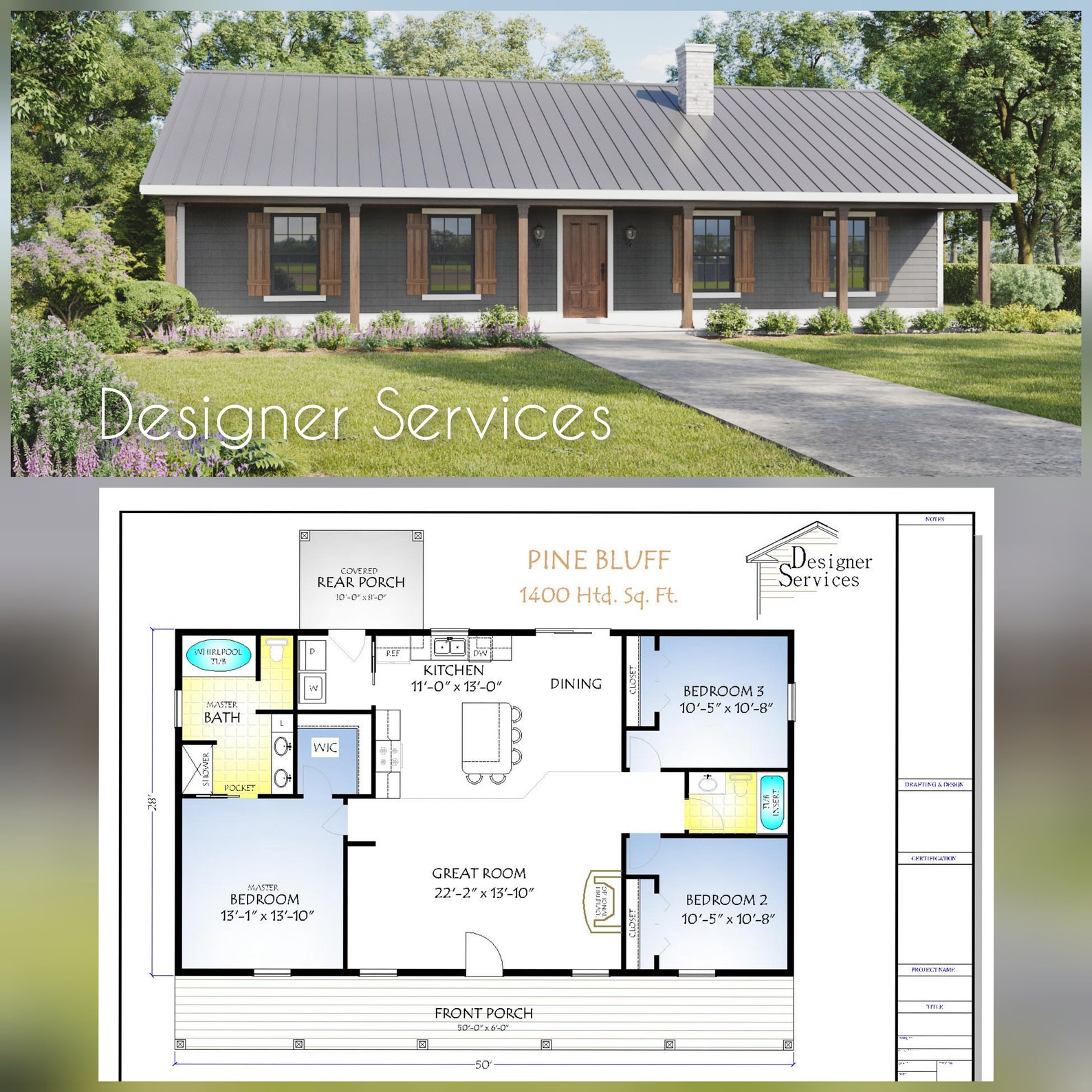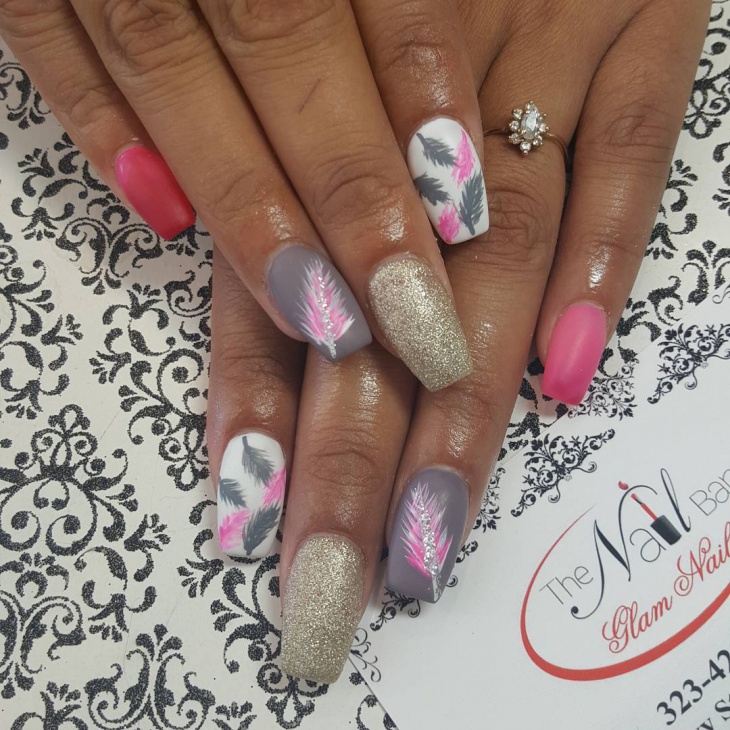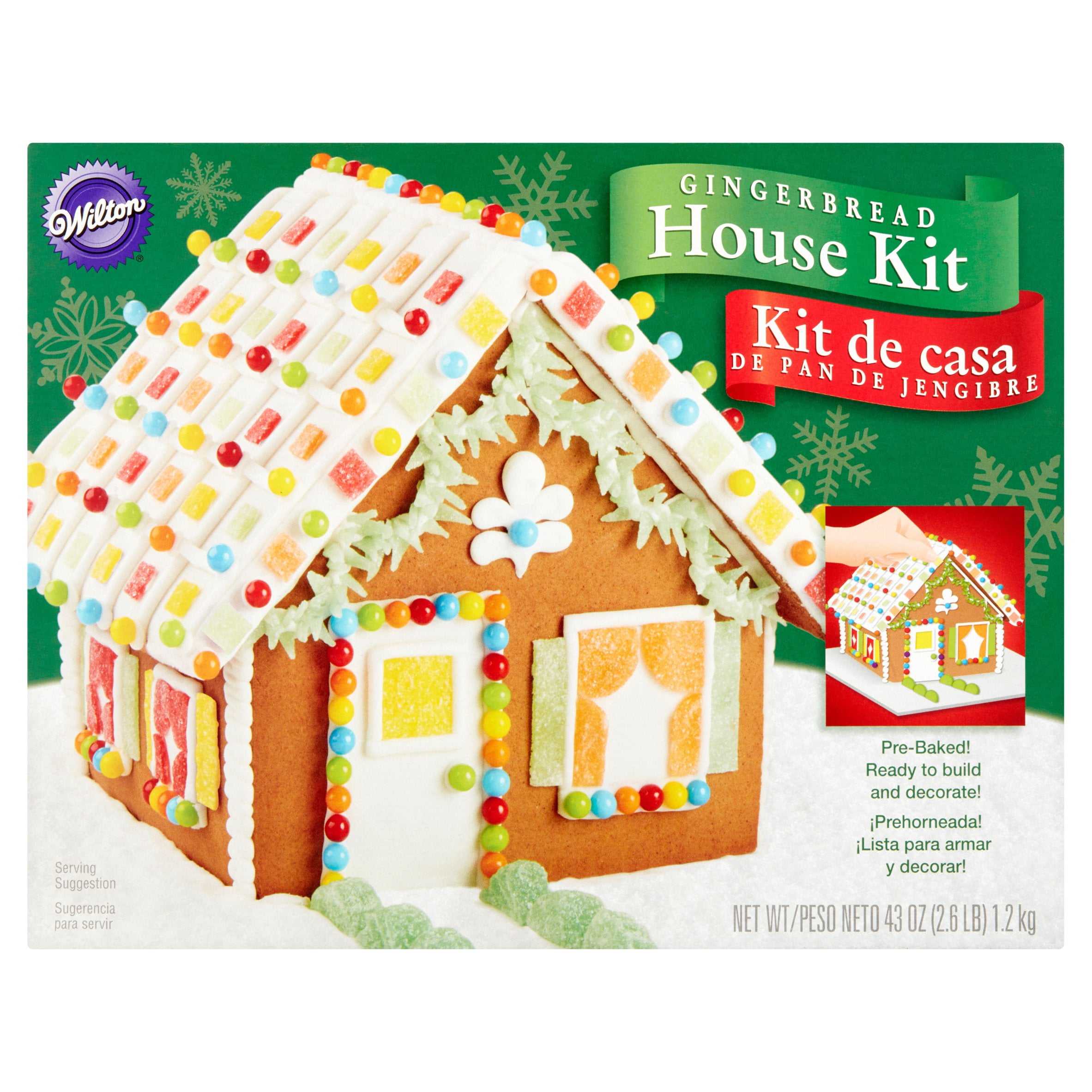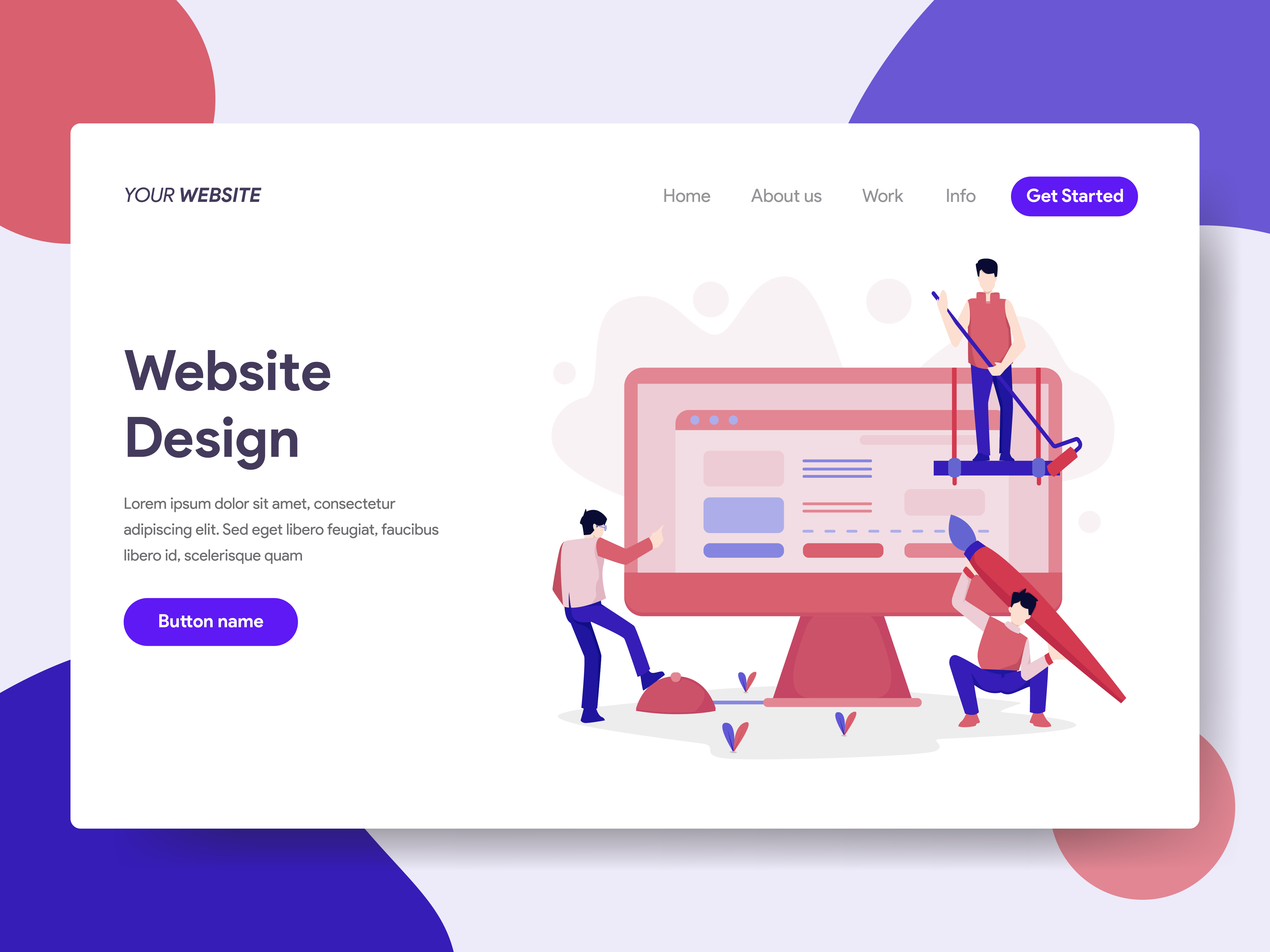Table Of Content
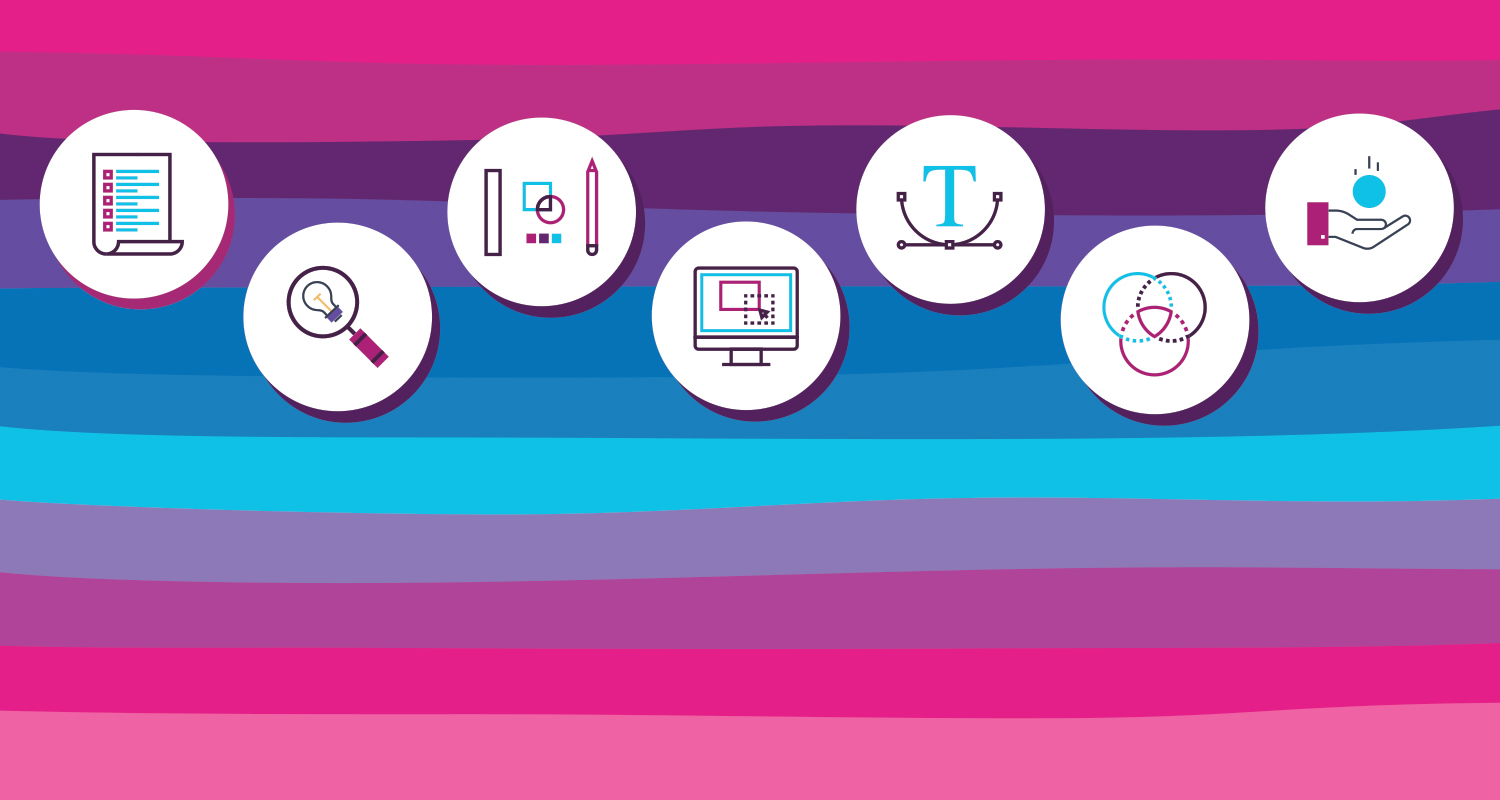
A mood board contains no logo sketching or finalized design elements at this point; it’s strictly used to help inspire a design that really hits the mark. Use existing brand material, inspiring images, descriptive brand words, and your color palette and font choice. Behind every successful logo lies a meticulous and creative design process. Understanding the step-by-step journey that designers undertake can provide valuable insights into the world of logo design. Also, consider the logo in the context of your entire visual identity. Take the various elements of your logo design, like colors, fonts and styles, and see how you might be able to incorporate them elsewhere in your use-cases.
How Your Brain Processes Logos [Infographic]
Once you have a few strong logo ideas, then you just need to use Adobe Illustrator to design vector graphics. So once you have a ton of sketches, then you can judge them against the strategy and select the most promising concepts to execute them digitally. By narrowing our focus with mood boards we try to stay objective, so that we can base our sketches in the next phase on solid strategic understanding. A logo must be simple so it can work effectively and flexibly in a wide range of sizes and media e.g. in small size on a business card, and in big size such as a signage.
'A Strong Identity Is an Icon' Says the Uniqlo Logo Designer - Fortune
'A Strong Identity Is an Icon' Says the Uniqlo Logo Designer.
Posted: Wed, 07 Mar 2018 08:00:00 GMT [source]
Logo Design Process: From Start to Finish
Remember to share with your client only those solutions that can work for them effectively—don’t make a mistake of showing something that you’re not really proud of. This step is simply about testing many different ways in which you can execute your logo sketches in order to arrive on the best aesthetics. The design part can take a very long time (a few days to a few weeks) before you actually execute your ideas in a way that is aesthetically pleasing. And this is because we need to have many great ideas, so that in the next step we can pick a few strong ones and execute them digitally on computer. This step usually takes a few days as you really need to go for quantity here and sketch a ton of logos. That’s why I always recommend designers to carry something that you can sketch on.
Choosing the Right Colour Palette
The Story behind Our Brand Identity - The Metropolitan Museum of Art
The Story behind Our Brand Identity.
Posted: Thu, 01 Dec 2016 08:00:00 GMT [source]
Our logo maker offers a wide range of professionally designed templates that eliminate the need to start from scratch. That’s why I would urge you to NOT skip the initial phases of preparation as it will immensely benefit you later on in your logo design process. Remember to inform the client about any commercial fonts being used in the logo or brand identity, just in case they want to design other applications in the future.
How to Design a Logo [Step-by-Step Guide]
With that in mind, it’s best to present clients with simple, yet harmonious, color schemes that provide high contrast. Eventually, research must turn into creative output as ideas travel from the mind to the page. A great way to kickstart logo ideation is a brainstorming session—a time of capturing relevant logo concepts and narrowing in on the most viable options. A good logo is more than a generic icon; it’s an embodiment of what a company stands for—a visual ambassador for a brand. To try out different ideas, you can use HubSpot's Free Logo Maker.

If you feel like all of your sketches are weak, then you can go back and forth between sketching and designing until you got some pretty exciting logo concepts. This is because sketching by hand gives you an immediacy of artistic expression and I believe that very logo designer should absolutely start this way. Aim for a clean, uncluttered design that communicates your brand identity as straightforwardly as possible. The goal is for viewers to recognize and understand your logo instantly. Now you can make all those crucial design decisions you couldn’t in the sketch phase. In your digital draft, you can experiment with logo colors as well as typography.
Step 6. Refine your logo design with feedback
So here is where I seek out a look or a style that could convey my client’s brand persona (the third part of my strategy framework). The goal of this phase is to better understand the client’s field in order to ensure that the solutions that you will later come up with can work for them effectively. Now, in the second step, I take all the information form the discovery phase and conduct further research to draw insights that will serve me later on in the ideation phase.
Once you have your logo, it's vital to follow some logo optimization standards and use them to improve your brand's visibility. After all, the goal of a well-designed logo is to generate brand association and have people think about your business with one quick look at your logo. These principles on how to edit a logo have served you well, but there’s a final step to this process, and it may prove to be the most complex and time-consuming one. Share these drafts with friends, family, and colleagues that you trust to be unbiased and truthful.
Keys to Understanding the Design Brief
Your logo will be used on multiple platforms, both online and offline, even on your email signature. Therefore, you must design it to keep in mind how it'll translate in all your marketing campaigns and that it doesn't get lost in the crowd. You'll be asked to change the logo during the first round of revisions.
If you’re going for a more serious vibe, mascots aren’t a great choice. This type of logo combines both a symbol and a wordmark, creating the more traditional logo “lock-up” we’re all familiar with. Play around with the placement of each element until you find a layout you like. You can also allow for different combinations of the two in certain contexts, which we’ll cover in the “Define” phase.
Making small detail changes may have a huge impact on the overall look of your logo. When you’re ready, choose your favorite version to refine your logo. This stage involves meticulous attention to detail, reviewing proportions, spacing, and overall aesthetics. Once the logo is polished and approved, it is presented to the client or stakeholders for feedback and final approval.
The current version has been updated with new information and examples. When you work on the same image for hours or days (or weeks, or months), you tend to mistake the forest for the trees. A fresh set of eyes on the final product can reveal some room for improvement you hadn’t noticed before.
You'll be asked to change the font, colour, and style during the second round of revisions. Research cultural and historical symbols that may be relevant to the brand. Look for symbols that have meanings aligning with the brand's values or characteristics. The typography should have the potential for customisation and adaptability. It should be flexible enough to accommodate alterations without losing its essence, allowing for variations in marketing materials or future brand iterations.
If you are interested in more articles outlining my design process fly over to my featured articles page. When Eugene first contacted me she also wanted her website to be redesigned. Below you can see the redesign of her old website with the new logo in use. The website is currently still in development however should be online soon. The first thing I did when experimenting with the logo design was to find the best typeface for the logo.
They are the result of critical thinking, interrogating, collaborating, exploring, failing and starting again. Be sure to include basic variations of the logo, such as full color, black, white and monochrome. You can also hire a freelancer or commission a design contest if you prefer to outsource this to step to someone with more expertise. Working with a professional will pretty much guarantee a great result. If you want to learn more about the pros and cons, check out this comparison of the best ways to get a logo.
Any logo mark should be effective at many sizes, but small, digital applications are critical. If you decide to go with a word mark or letter mark, remember how important typography is. Similar to colors, different fonts elicit different interpretations of your brand personality. If you’re short on time, money and design skills, there are plenty of online tools that will get the job done. Most of these sites offer customizable templates, which would be the fastest way to create a logo that looks professional.
